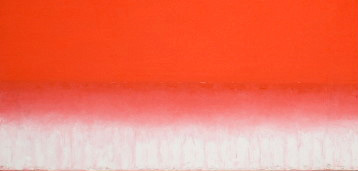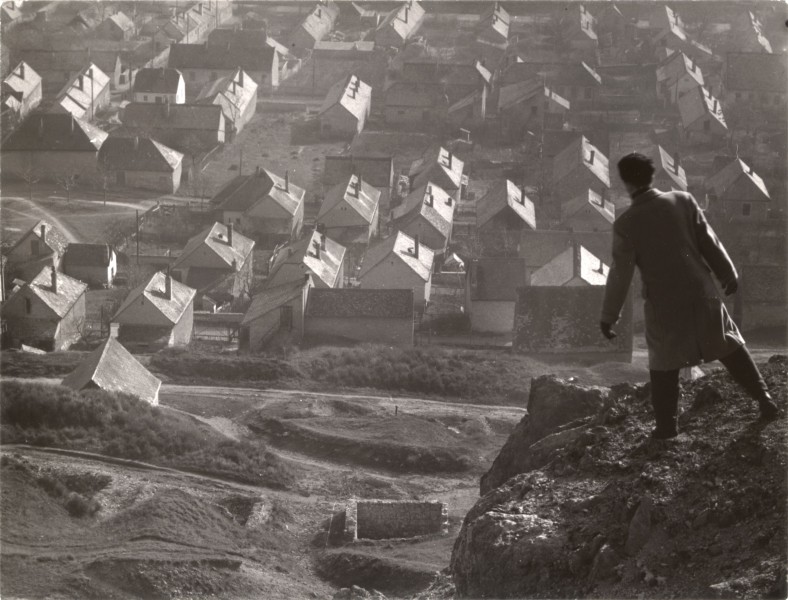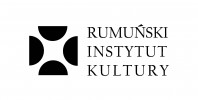Engines of Development: Peasants, Workers, and Tractors in the 1950s
Lecture by Juliana Maxim (in English)
Zachęta's Facebook
live stream
The event will be held in English and live streamed on Zachęta’s Facebook page and Youtube channel.
Engines of Development, another lecture accompanying the Cold Revolution exhibition, is devoted to the rural–urban relations in the 1950s, showcasing examples from Romania. Juliana Maxim discusses the transformation of the relationship to labor, both in the countryside and on the large construction sites of socialism. She discusses how the shift from traditional agriculture to modern industry, which changed peasants into workers, was accompanied, in that early decade, by an effort to reconcile the dehumanizing aspects of the machine – such as the tractor and the crane – with the intimate experience of community.
Juliana Maxim, PhD – Associate Professor of Architectural History at the University of San Diego, USA. Her area of expertise is 20th century art, architecture and urbanism in Eastern Europe. She writes on the history of aesthetic practices, from photography to urbanism, under Romania’s communist state, and more broadly on the historiography of socialism. Author of the book The Socialist Life of Modern Architecture: Bucharest, 1947–1965.
-
27.05 – 10.10.2021Cold RevolutionCentral and Eastern European Societies in Times of Socialist Realism, 1948–1959
The curators of the exhibition undertake a critical reflection on the changes taking place at that time, illustrating their scale and dynamics using visual material from the fields of painting, photography, film, design and architecture. It includes over 400 works from six countries of the former Eastern Bloc: Poland, Czechoslovakia, East Germany, Bulgaria, Romania and Hungary.
Zachęta – National Gallery of ArtZachęta


